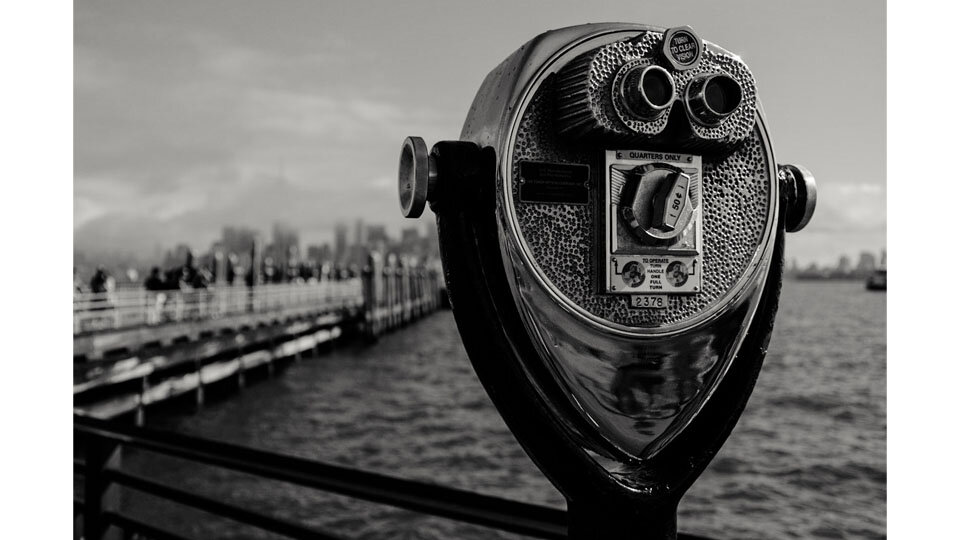Migration in the global borderlands
I knew I was in a new world when I tuned into the local evening news and the announcer said, “And now, from northern Chihuahua, southern New Mexico, and far west Texas, we bring you Channel 8 News.”
The news anchor’s point of reference was the desert Southwest, namely, the tristate borderplex: El Paso, Juarez and Las Cruces. Belinda and I were living at the intersection of two nations (United States and Mexico), three states (Texas, Chihuahua, and New Mexico), and three cities.
We came to understand this intersection as the largest borderplex in the world. Some might argue that San Diego and Tijuana hold this distinction. I beg to differ. The two cities are 45 minutes apart, while El Paso and Juarez are a stone’s throw across the Rio Grande River.
Living in the El Paso borderlands felt different. We were neighbors with Mexico and her sixth largest city: Cuidad Juarez. Living and serving in the borderland felt like neither here nor there. It was nothing like Austin and a far cry from Washington, D.C. It felt different from Chihuahua City and Mexico City. It was the borderland milieu, a distinctly border ethos and binational region.
As I noted in a previous blog post, we were living in the demographic future of Texas with 69% Hispanic; 26.4% Euro-American; 3.4% African American; and 1.2% Asian American. Thirty years later the demographics have shifted to 82.8% Hispanic; 11.8% Euro-American; 3.9% African American, and 1.3% Asian American in what is now the seventh largest city in Texas.
One of the most fascinating resources I came across while serving in El Paso was Oscar Martinez’s, “Border People: Life and Society along the US-Mexico Border.” Dr. Martinez provides a borderlands typology that really helped me grasp where in the world I was living and who I was trying to serve.




Add a Comment